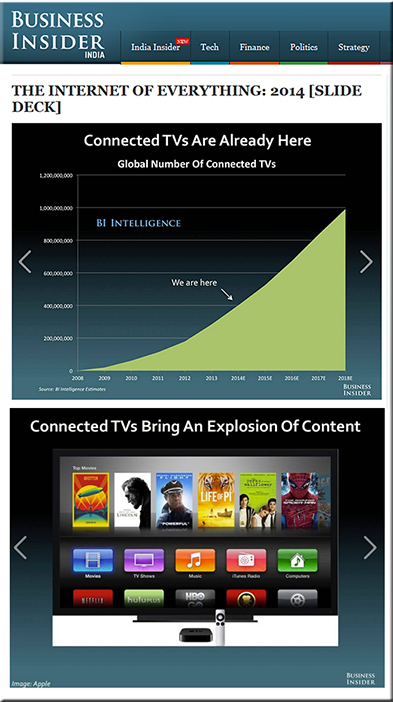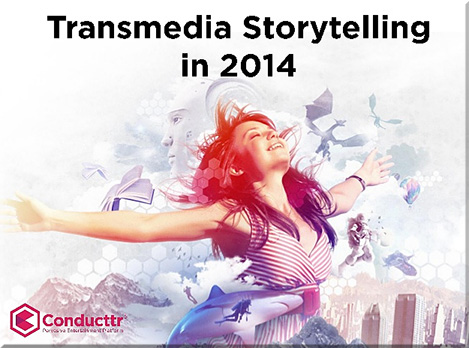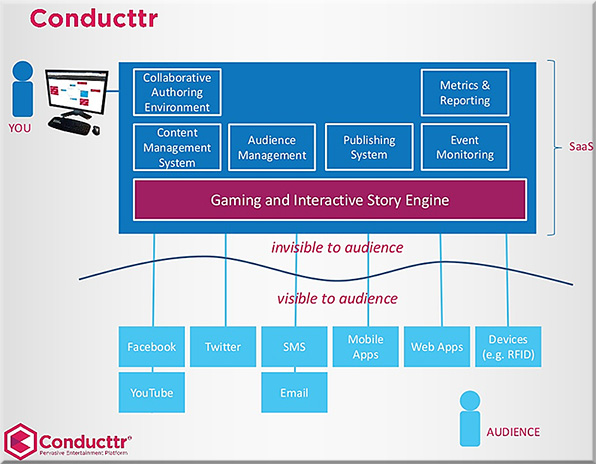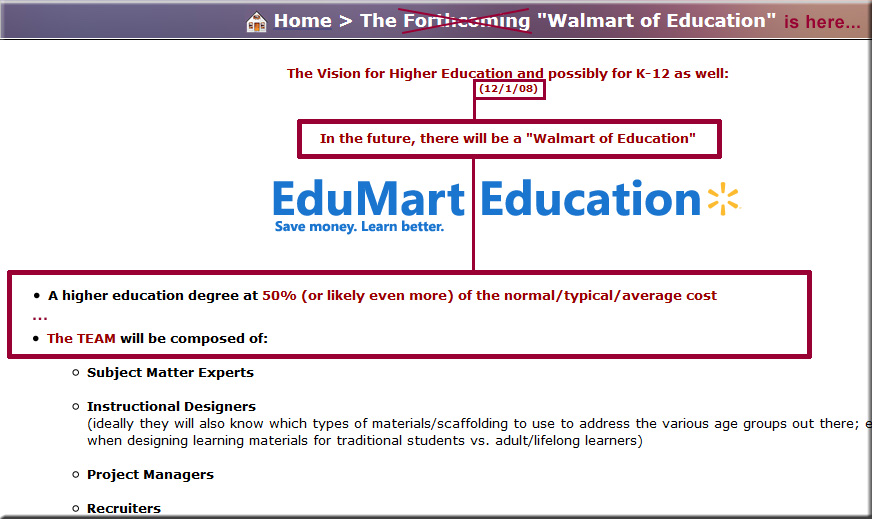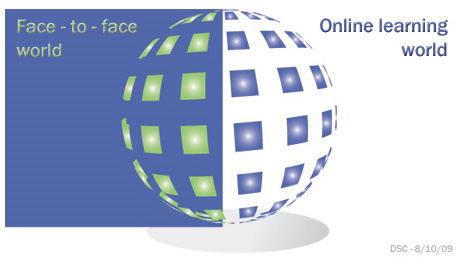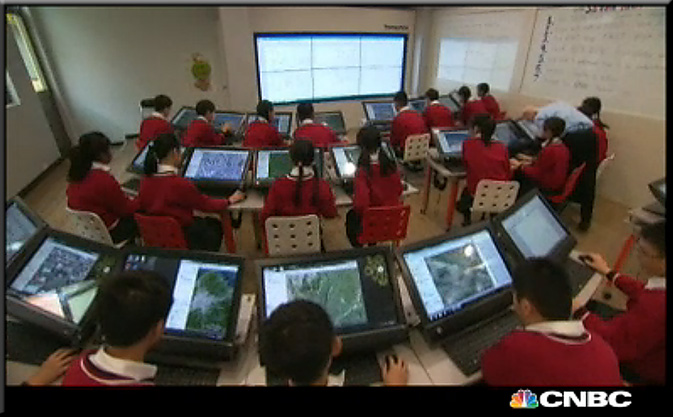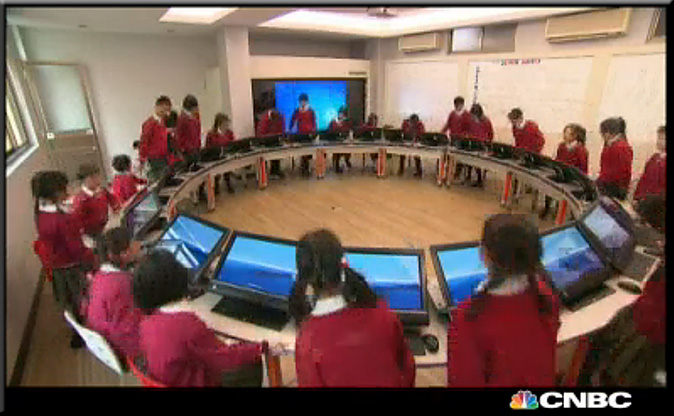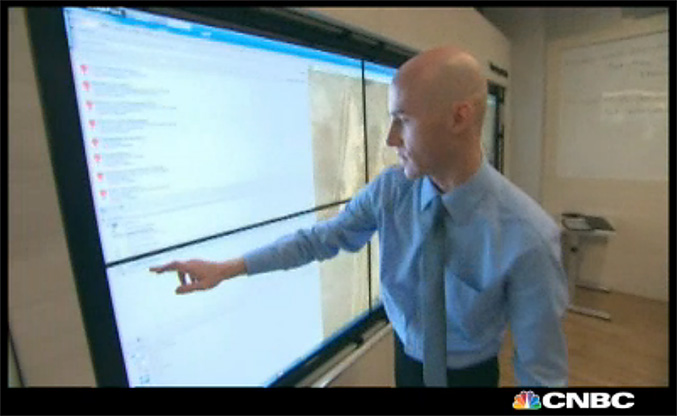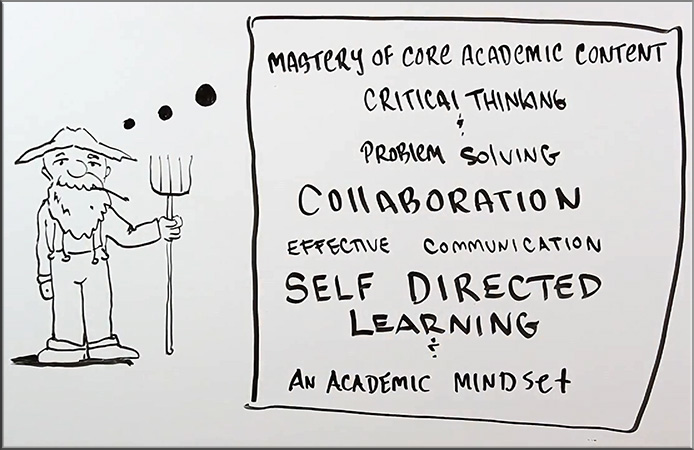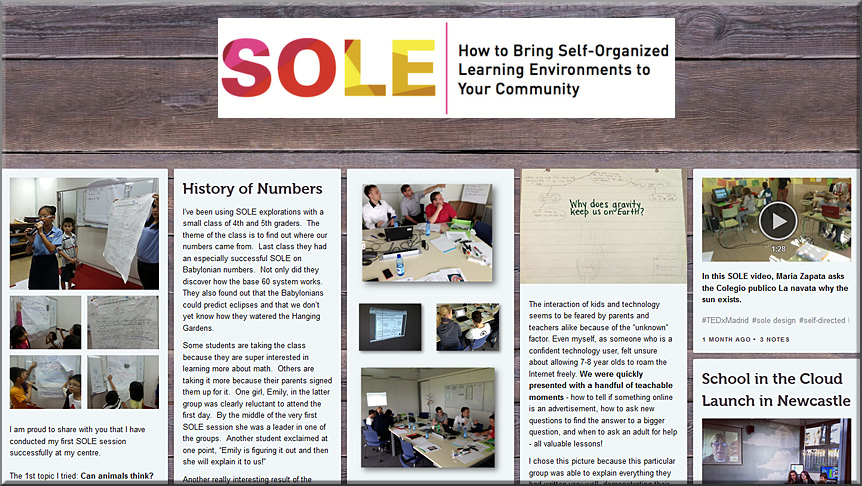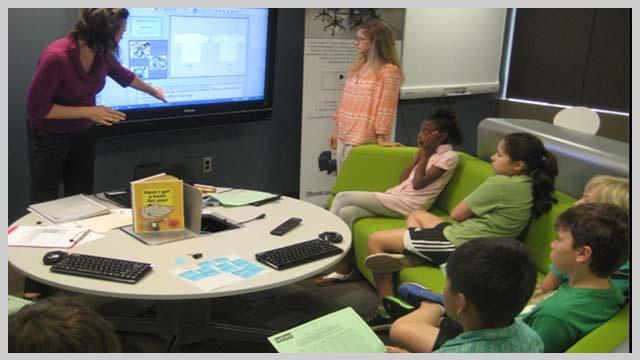The End of Higher Education’s Golden Age — from Clay Shirky
Excerpts:
Interest in using the internet to slash the price of higher education is being driven in part by hope for new methods of teaching, but also by frustration with the existing system. The biggest threat those of us working in colleges and universities face isn’t video lectures or online tests. It’s the fact that we live in institutions perfectly adapted to an environment that no longer exists.
…
Our current difficulties are not the result of current problems. They are the bill coming due for 40 years of trying to preserve a set of practices that have outlived the economics that made them possible.
…
Of the twenty million or so students in the US, only about one in ten lives on a campus. The remaining eighteen million—the ones who don’t have the grades for Swarthmore, or tens of thousands of dollars in free cash flow, or four years free of adult responsibility—are relying on education after high school not as a voyage of self-discovery but as a way to acquire training and a certificate of hireability.
…
It will also require us to abandon any hope of restoring the Golden Age. It was a nice time, but it wasn’t stable, and it didn’t last, and it’s not coming back. It’s been gone ten years more than it lasted, in fact, and in the time since it ended, we’ve done more damage to our institutions, and our students, and our junior colleagues, by trying to preserve it than we would have by trying to adapt. Arguing that we need to keep the current system going just long enough to get the subsidy the world owes us is really just a way of preserving an arrangement that works well for elites—tenured professors, rich students, endowed institutions—but increasingly badly for everyone else.
4 platforms that will disrupt higher education — from hastac.org by Kevin Browne
Excerpts:
- Straighterline
- Udemy
- Mozilla’s Open Badges Project
- Pearson
The textbook publisher Pearson is now able to offer degrees of its own in the UK. If their venture is a success it will certainly inspire others to petition to do this and it will certainly spread to other countries.

The rise of alternatives to university continuing education (part 1) — from higheredmanagement.net by Keith Hampson
Excerpt:
Let’s be clear, we need these new learning providers. We are living through what appears to be a “jobless” economic recovery and people need a way range of options – at different price points – in order to quickly retrain themselves for a rapidly changing job market. A robust and diverse continuing education market is a priority for the 21st century and our government leaders and regulators should be crafting policy to make it happen.
Higher education technology predictions for 2014 — from masmithers.com by Mark Smithers
Excerpt:
In summary, we’ll have another contentious year. We’ll see big growth in higher education services from outside of the university sector, a continued gnashing of teeth from established providers. Some new services and platforms will emerge to cater for different forms of learning, MOOCs will evolve and improve and open badges will be hot. Look out for rhizomatic learning.
The New Normal isn’t what you think — from nextberlin.eu by Adam Tinworth (the quote below, though targeting at the corporate world, applies to higher ed as well)
Their yearning is doomed. There will be no return to business as usual. We have begun a process of continuous change that will last decades – perhaps for much of the rest of our lifetimes.
Related items:
Watson is coming for your (professional) jobs — from IEEE.org by John Niman
Excerpt:
Published on Jan 17, 2014 IEET Affiliate Scholar John Niman talks about IBM’s computer system, Watson and how AI may be able to take “Professional” Jobs.
Mass unemployment fears over Google artificial intelligence plans — from telegraph.co.uk by Miranda Prynne
The development of artificial intelligence – thrown into spotlight this week after Google spent hundreds of millions on new technology – could mean computers take over human jobs at a faster rate than new roles can be created, experts have warned
Addendum:
Excerpt:
Higher education is in the midst of a process of transformational change. For the department chair, leadership today must include breadth of vision and the skill to bring the single individuals who make up a department into a group that can think collaboratively about the questions facing their discipline, department, and institution. Chair leadership now depends heavily on the ability to create collaborative habits of thought and dialogue among a group of individuals, none of whom may have had experience in effective teamwork. Skill in this area will derive in large part from the chair’s ability to structure the department’s dialogue to be conscious of the connections among its members and the links between the department’s work and the institution’s goals. Ultimately, the habits of dialogue must also include consciousness of the transformational
currents in higher education as an enterprise. Subsequent articles will examine these issues as they pertain to faculty, students, pedagogy, and other key topics being remodeled in the transformational process.
Speeding up on curves — from educause.com by Bradley Wheeler
Excerpt:
Higher education faces a number of important curves, but I’ll focus first on just two:
1) The finance of higher education is increasingly moving from a public to a private good, leading to increasing cost and price pressures (particularly for state-supported institutions).
2) The increasing digitization of education and research favors greater scale while it also enables potential new substitutes for colleges and universities.
![The Living [Class] Room -- by Daniel Christian -- July 2012 -- a second device used in conjunction with a Smart/Connected TV](http://danielschristian.com/learning-ecosystems/wp-content/uploads/2012/07/The-Living-Class-Room-Daniel-S-Christian-July-2012.jpg)










